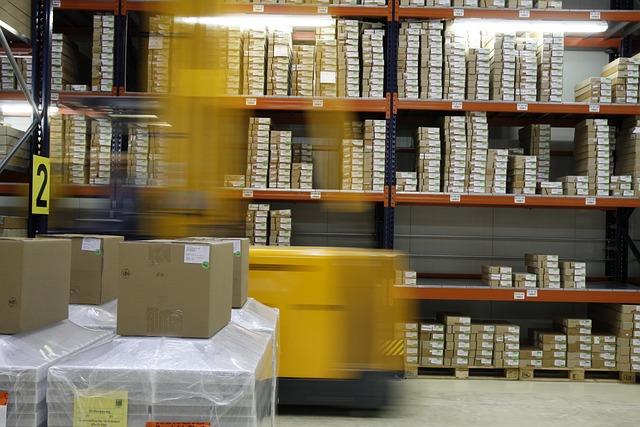Understanding Progress: How Technology Shapes Package Leak Detection
Businesses that deliver packages and mail rely on reliable technology to ensure their products are delivered quickly and effectively. But just as essential is ensuring the safety of those packages from start to finish. Package leak detection technology has come a long way, helping businesses improve product protection accuracy and minimize loss due to tampering or leakage. In this blog post, we will explore how progress in technology over the years has revolutionized package leak detection.
The Evolution of Package Leak Detection Technology
Over the years, technology has continued to advance rapidly, and with it, package leak detection technology. From simple methods like visual inspection or manual pressure testing to more advanced automated systems, businesses now have an array of options to choose from when it comes to detecting leaks in their packaging.
One of the earliest forms of package leak detection was visual inspection. This involved physically looking for any signs of damage or leakage on the package itself. While this method is still used today, it has proven unreliable and time-consuming, especially with the increase in package volume.
With technological advancements, manual pressure testing was introduced as a more efficient way to detect leaks. This involved using specialized leak detection equipment to apply pressure to the package and monitor for any pressure drops indicating a leak. However, this method was also limited as it required skilled operators and was only sometimes accurate.
The Impact of Automation
The introduction of automated package leak detection systems has significantly impacted how businesses protect their packages. These systems use advanced sensors and algorithms to quickly and accurately detect leaks in packaging without human intervention. This improves accuracy and speeds up the detection process, making it more efficient and cost-effective for businesses. Additionally, automated systems can detect even the smallest leaks that may have gone undetected by manual methods, providing better product protection.
Furthermore, automated systems offer real-time monitoring and data collection capabilities, allowing businesses to track trends and identify potential areas of improvement. This enables businesses to make informed decisions regarding improving their packaging processes and reducing the risk of product loss due to leakage.
The Role of Technology in Package Safety
The advancements in package leak detection technology have improved the efficiency and accuracy of detecting leaks and enhanced overall product safety. Automated systems allow businesses to ensure their packages are adequately sealed and protected from contamination or damage during transit. This is especially important for industries that handle sensitive products like food and pharmaceuticals.
Moreover, with the rise in e-commerce and the increasing demand for faster shipping, technology has become even more crucial in package safety. Automated leak detection systems allow businesses to quickly and effectively inspect large packages, ensuring timely delivery without compromising product protection.
Not only is packaging leak testing necessary for product safety, but it also plays a significant role in maintaining customer satisfaction and brand reputation. Plus, with the use of data analytics and machine learning, businesses can continually improve their packaging processes to ensure maximum product safety.
Technology has revolutionized package leak detection, from its early stages of simple visual inspection to highly accurate and efficient automated systems. With the continuous advancements in technology, businesses can ensure the safety and integrity of their packages while improving efficiency and delivery times. As technology evolves, we expect even more innovative solutions to emerge in package leak detection. So, businesses must stay updated with the latest technologies and invest in reliable package leak detection systems to protect their products and customers.

